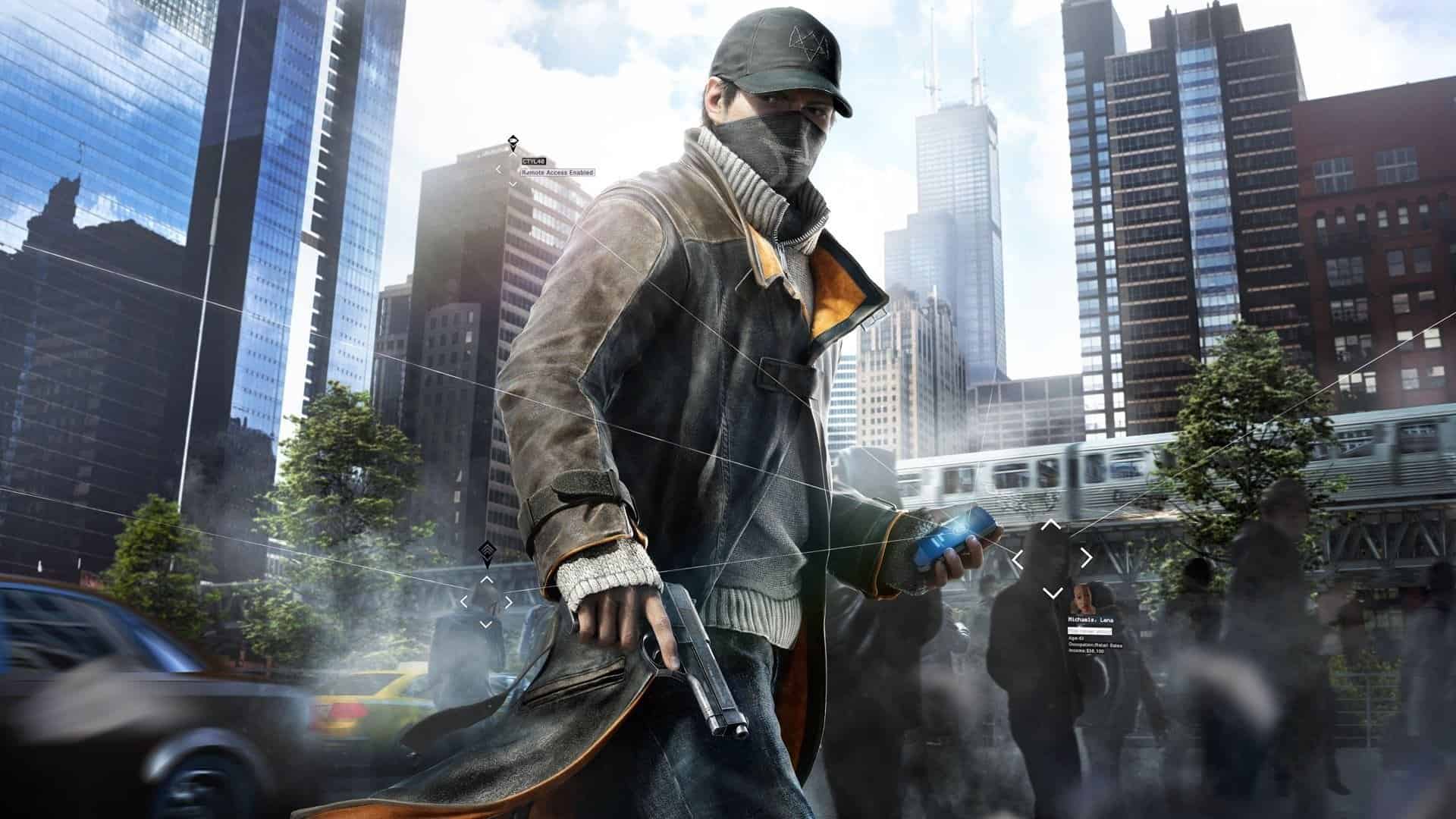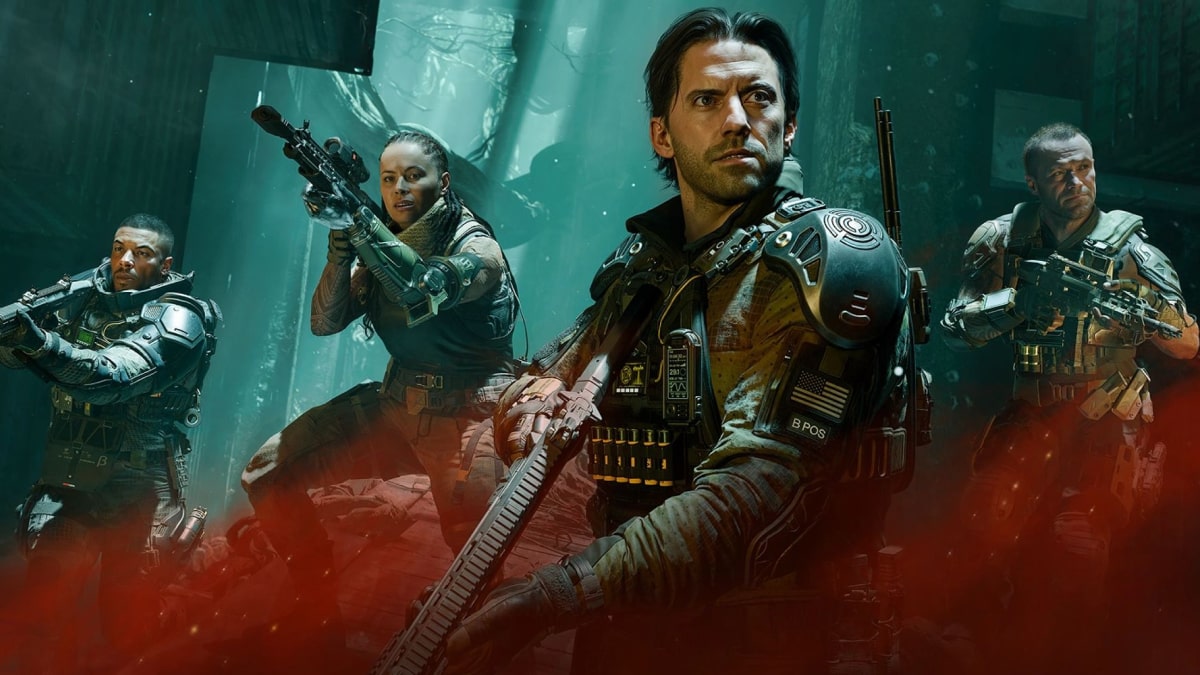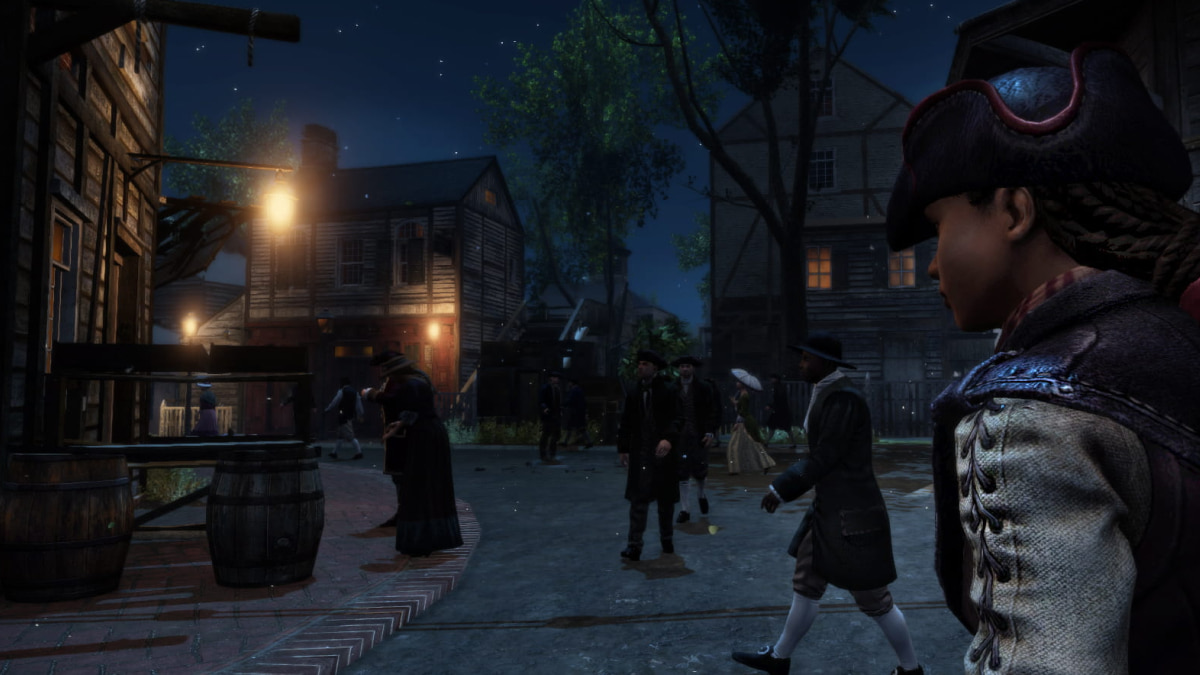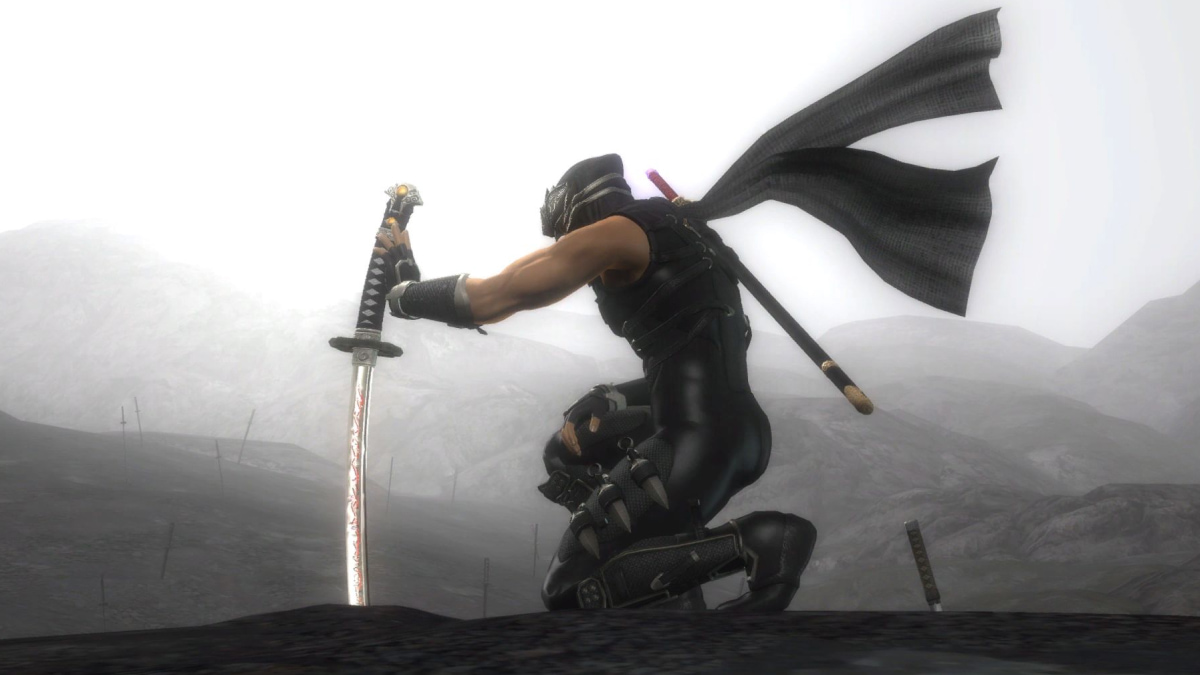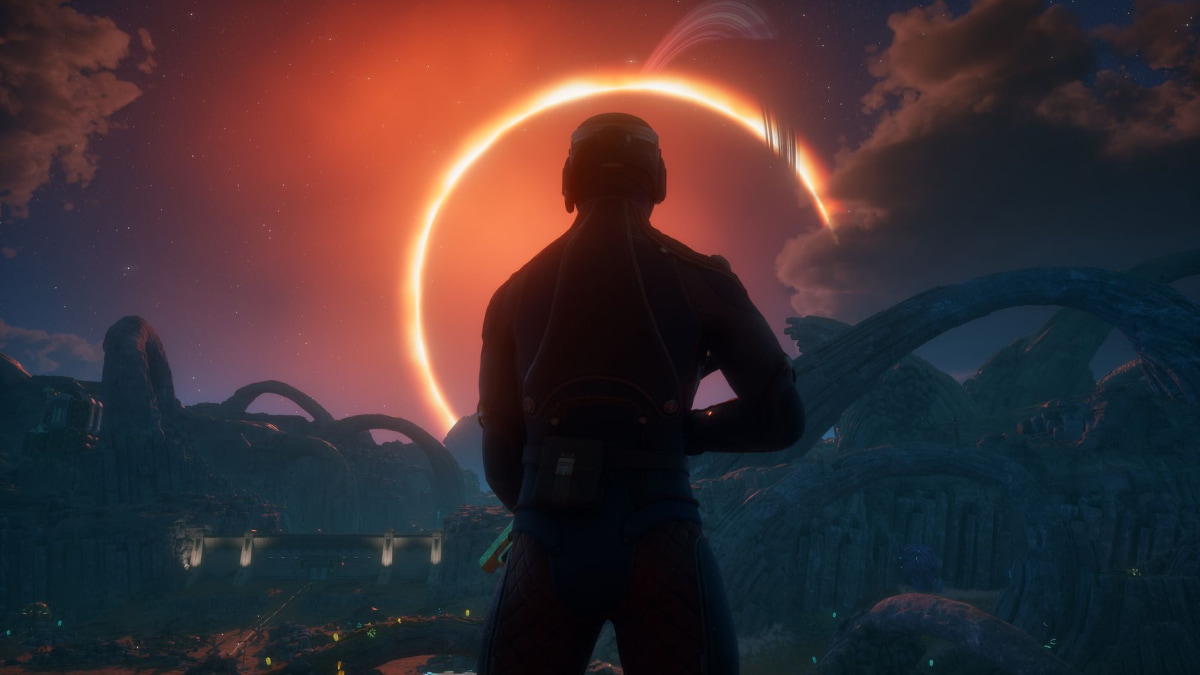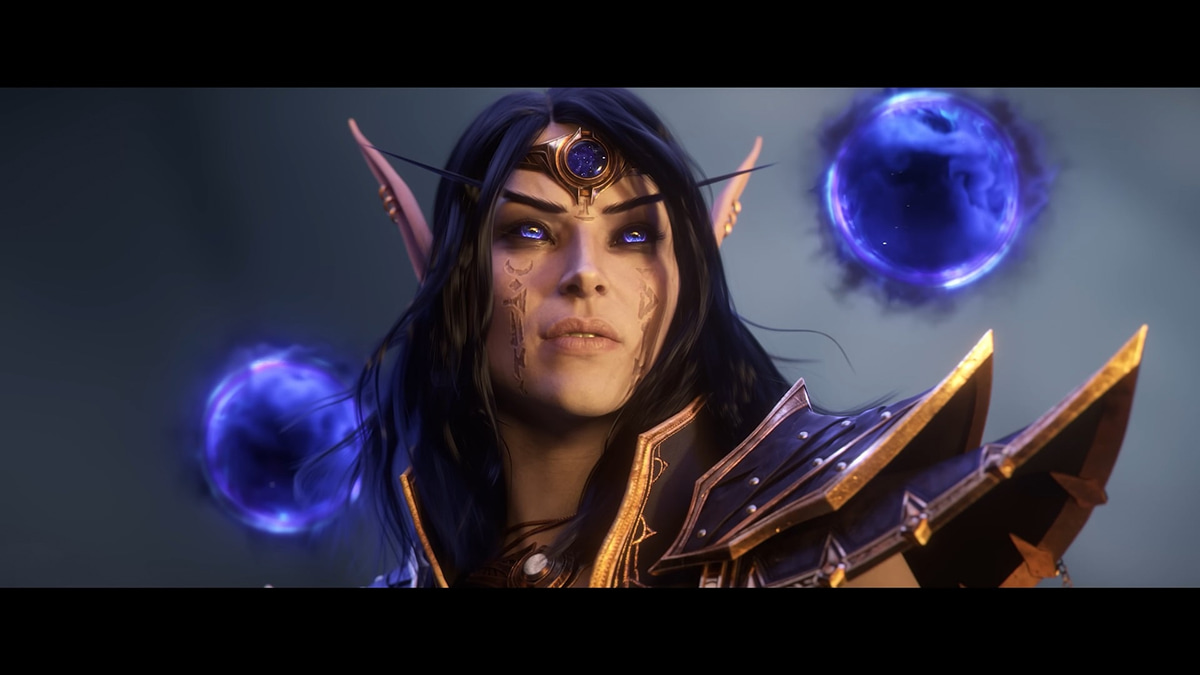You can trust VideoGamer. Our team of gaming experts spend hours testing and reviewing the latest games, to ensure you're reading the most comprehensive guide possible. Rest assured, all imagery and advice is unique and original. Check out how we test and review games here
The next-generation is an exciting time for us all. It’s an event that doesn’t come along that often, and the respective release dates of Xbox One and PS4 will be eagerly circled on many calendars. And why wouldn’t they be? New technology always bring with it new ways to play and experience games. This cycle alone we received the likes of Gears of War, Red Dead Redemption, Journey and Call of Duty’s multiplayer, all responsible for bringing something to the table, be that visual quality, technical prowess, sheer ingenuity, or the embracing of the internet.
As good as all these games are, though, there’s a very obvious difference between what we’ve received over the last eight years or so and what we had before. There’s a reason titles like Mario 64 or WipeOut stand out in people’s memories: they were genuine game changers. The former took the idea of 3D and made it work. Such was its success, it wasn’t until years later that the bigger publishers of the world dared go back to 2D. It’s, arguably, the reason Sonic is still struggling to stay relevant.
With the latter, it’s best described by VideoGamer.com’s own Steve Burns:
“In previous generational transitions it has been a pure leap in power that best demonstrated the differences between the hardware. Internally, EA counts the PlayStation era as ‘Generation 1’, and it is easy to see why: the first commercially successful CD-based system enabled designers to create fully 3D worlds with a scale and craftsmanship that had not been seen before. It was the start, to EA at least, and probably to many others, of gaming as the mainstream now knows it: a mainstream, of course, that Sony’s canny marketing helped create.
For me, the game that encapsulated how much things had changed was the original Wipeout. Playing it on a demo pod at my local Toys R Us, I was impressed that I could pilot the craft in first-person. I was amazed, however, by the craft bobbing up and down: that touch was my anchor to the world, and the ship’s movement and inertia – combined with the viewpoint and graphical fidelity – was as good a demonstration as any that the gaming world has changed.”
Naturally this was always going to be the way where video games were concerned. Even now they’re still, somewhat, in their infancy, so in the late nineties ideas, innovation and genuine breakthroughs were, in a way, easier to come by. The almost-wholesale move from 2D to 3D was an obvious step forward, bringing with it a whole host of new concepts and exploring the untapped potential in designs such as the open world. It may sound ridiculous in 2013, but seeing Hyrule Field open up in The Legend of Zelda: Ocarina of Time, or GTA 3 throwing away the rule book entirely, were jaw-dropping back in the day.
Winding the clock forward, what does the new next-generation have for us, at least at first? There’s the usual heavy hitters such a Battlefield, Call of Duty and Assassin’s Creed, and also returning favourites like Dead Rising 3 and Killzone: Shadow Fall. All good franchises in their own right, and all games that’ll light up your house the first time you turn your shiny new console on come November.
However, they’re not ideas or concepts we haven’t seen before, a point made no more obvious than the fact a lot of them will also release on the Xbox 360 and PS3. Again, this is no bad thing, but the start of the era is littered with games that, visuals aside, will be more than comfortable on machines we have now. None of them are different enough that I feel it’s essential to drop hundreds of pounds on a new console, rather than play them on what’s already sat under my television. Even a big name like Dead Rising 3 – which is exclusive to the Xbox One – is a game that, for me at least, can wait.
It seems the developers themselves are aware of this, too. Speaking to VideoGamer.com recently, Ubisoft’s Jean-Sebastien Decant, gameplay director on Assassin’s Creed 4 – and a man who is actively involved in both console’s launches from a library perspective – said the new grunt of the new systems wouldn’t be seen until next Christmas… as in 2014. The graphical spectacle will start to flex its muscle almost instantly, but the direction the Xbox One and PS4 seem to be heading – namely social worlds with unique services built into the equation – are currently being thought up behind the scenes or waiting for their arrival next year with the likes of Titanfall or The Division. Again, though, Respawn’s debut is also a current-gen product.
The fallout, then, is this is arguably one of the lighter console transitions we’ve seen – in many ways you’re subscribing to upgraded versions of games that were coming your way regardless. This doesn’t make them any less important, but it may justify why you have that nagging thought of ‘maybe I can wait…’.
Sitting on top of all of this as well is the juggernaut that is the PC. A viable and popular platform once again, its importance in the marketplace is set to increase further with the arrival of Valve’s Steam Machines. If the brains behind Half-Life have it their way, never again shall the television and PC gaming experience be kept separate.
I have little doubt that both Microsoft’s and Sony’s consoles will becomes must-have devices before long. The sheer range of games planned will eventually tickle everyone’s fancy. When November 2013 rolls around, though, don’t be too surprised if a few more wait a tad longer than they did previously…
Editor’s note: Obviously for professional purposes, I’ll get both consoles at launch.
Watch Dogs
- Platform(s): PC, PlayStation 3, PlayStation 4, Wii U, Xbox 360, Xbox One
- Genre(s): Action, Adventure
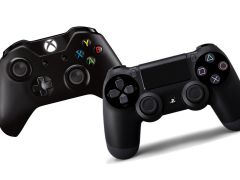
/https://oimg.videogamer.com/images/3eba/battlefield_4_27.jpg)
